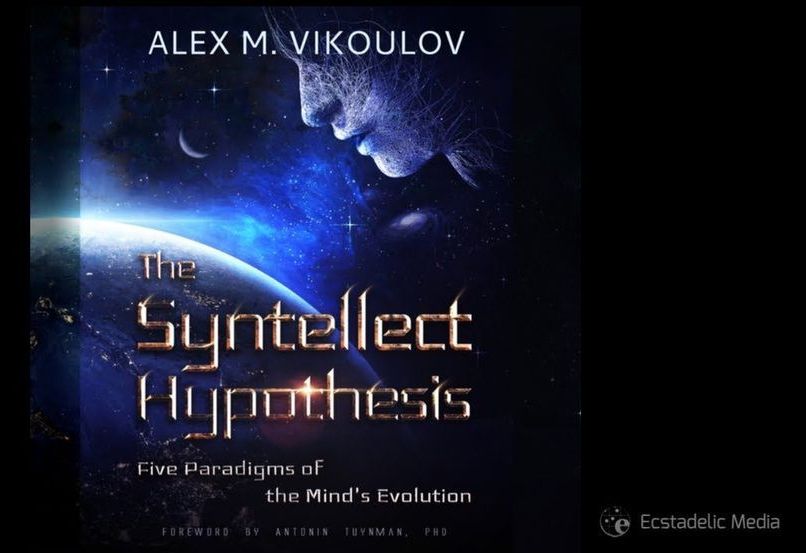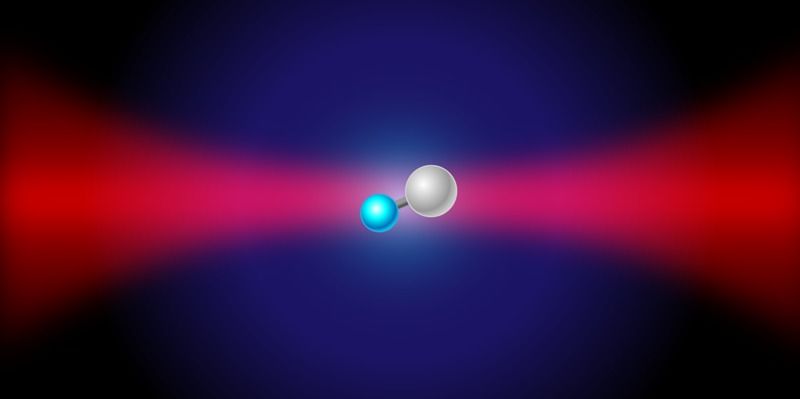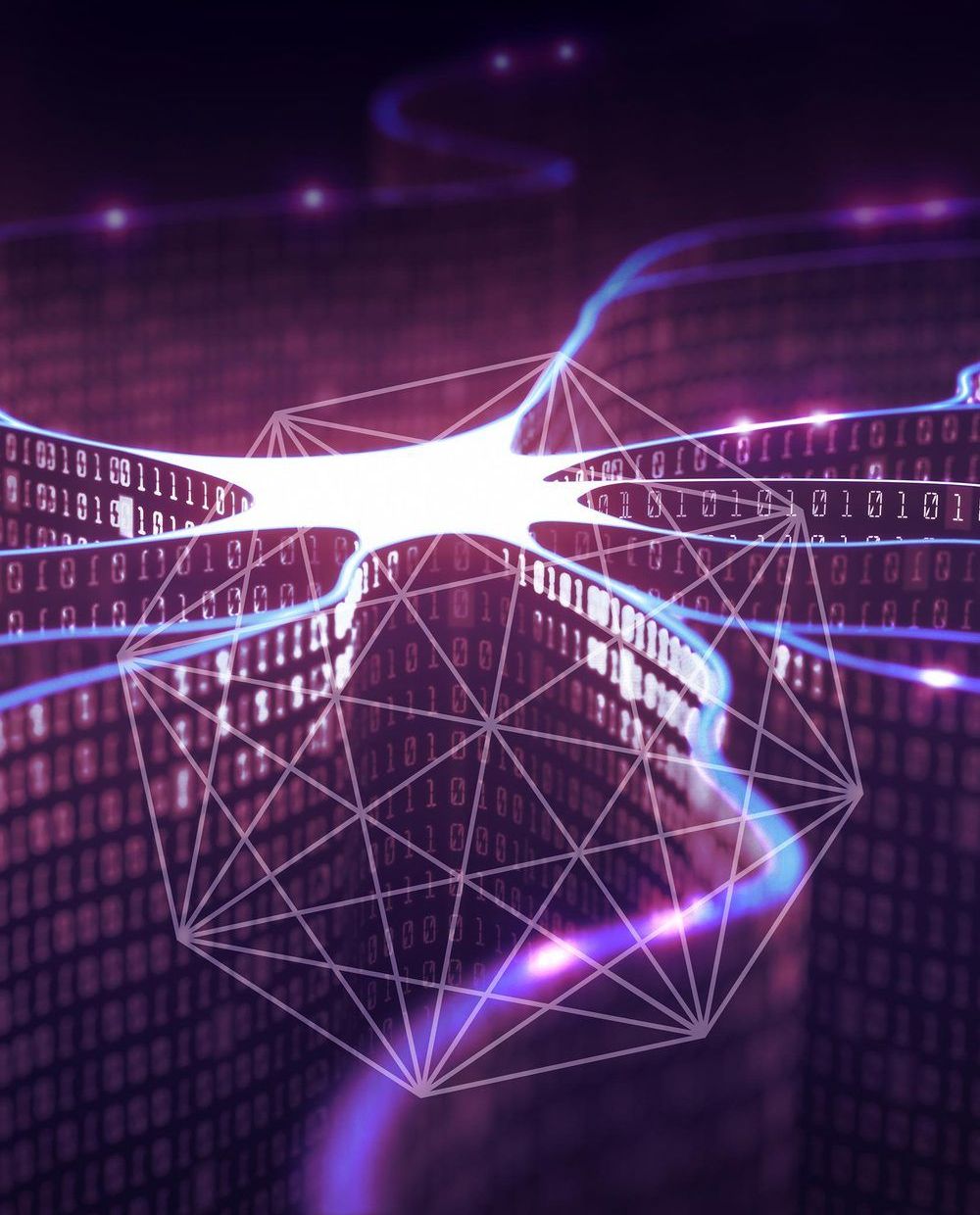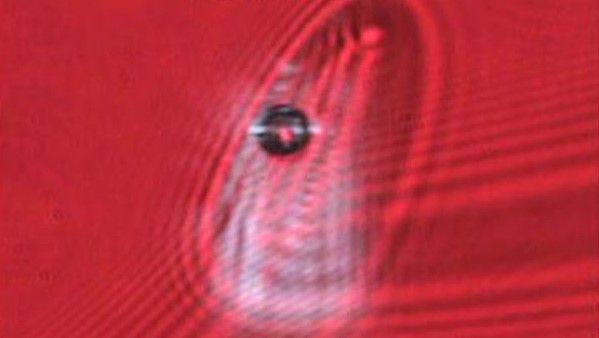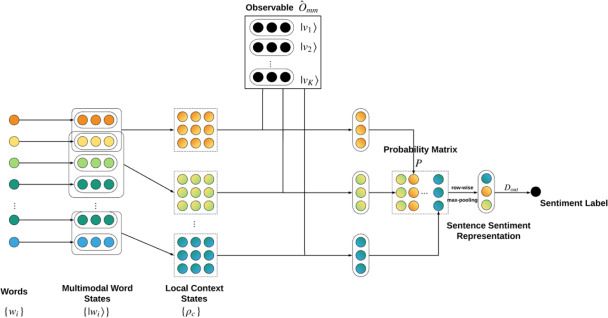Sep 21, 2020
The Universal Mind Revealed as a Multi-Layered Quantum Neural Network
Posted by Alex Vikoulov in categories: mathematics, particle physics, quantum physics, robotics/AI
In the sixties of the previous century, the science of Cybernetics emerged, which its founder Norbert Wiener defined as “the scientific study of control and communication in the animal and the machine.” Whereas the cyberneticists perhaps saw everything in the organic world too much as a machine type of regulatory network, the paradigm swapped to its mirror image, wherein everything in the natural world became seen as an organic neural network. Indeed, self-regulating networks appear to be ubiquitous: From the subatomic organization of atoms to the atomic organization of molecules, macromolecules, cells and organisms, everywhere the equivalent of neural networks appears to be present.
#EvolutionaryCybernetics #CyberneticTheoryofMind #PhilosophyofMind #QuantumTheory #cybernetics #evolution #consciousness
Continue reading “The Universal Mind Revealed as a Multi-Layered Quantum Neural Network” »
